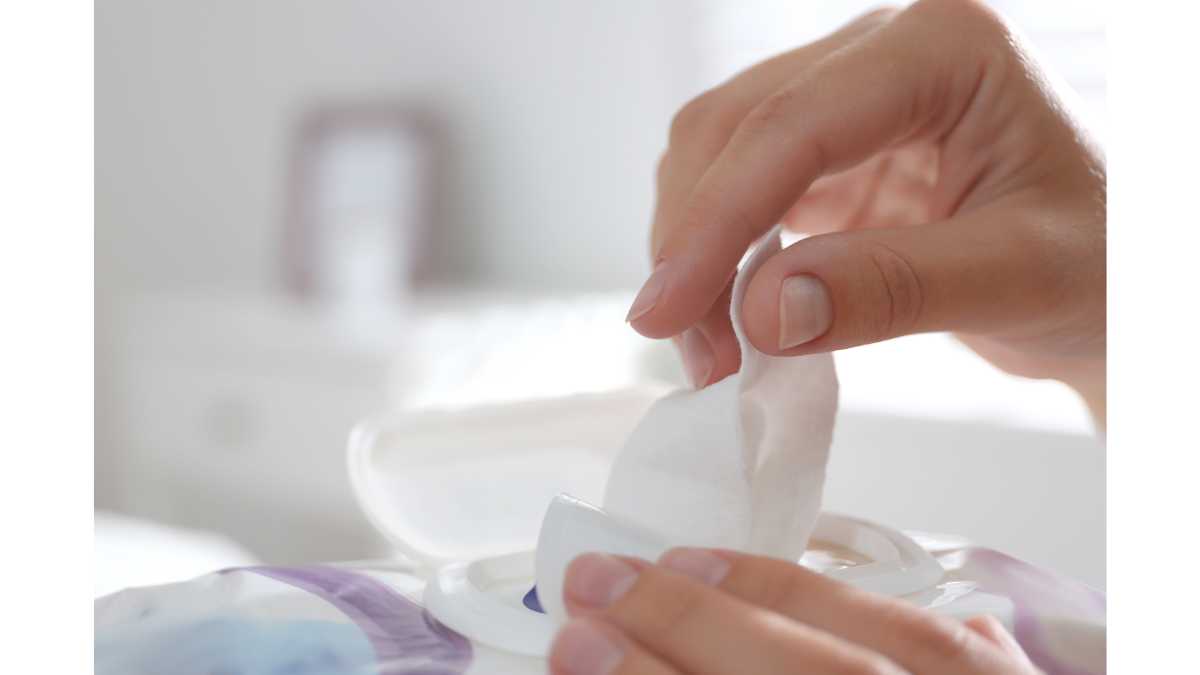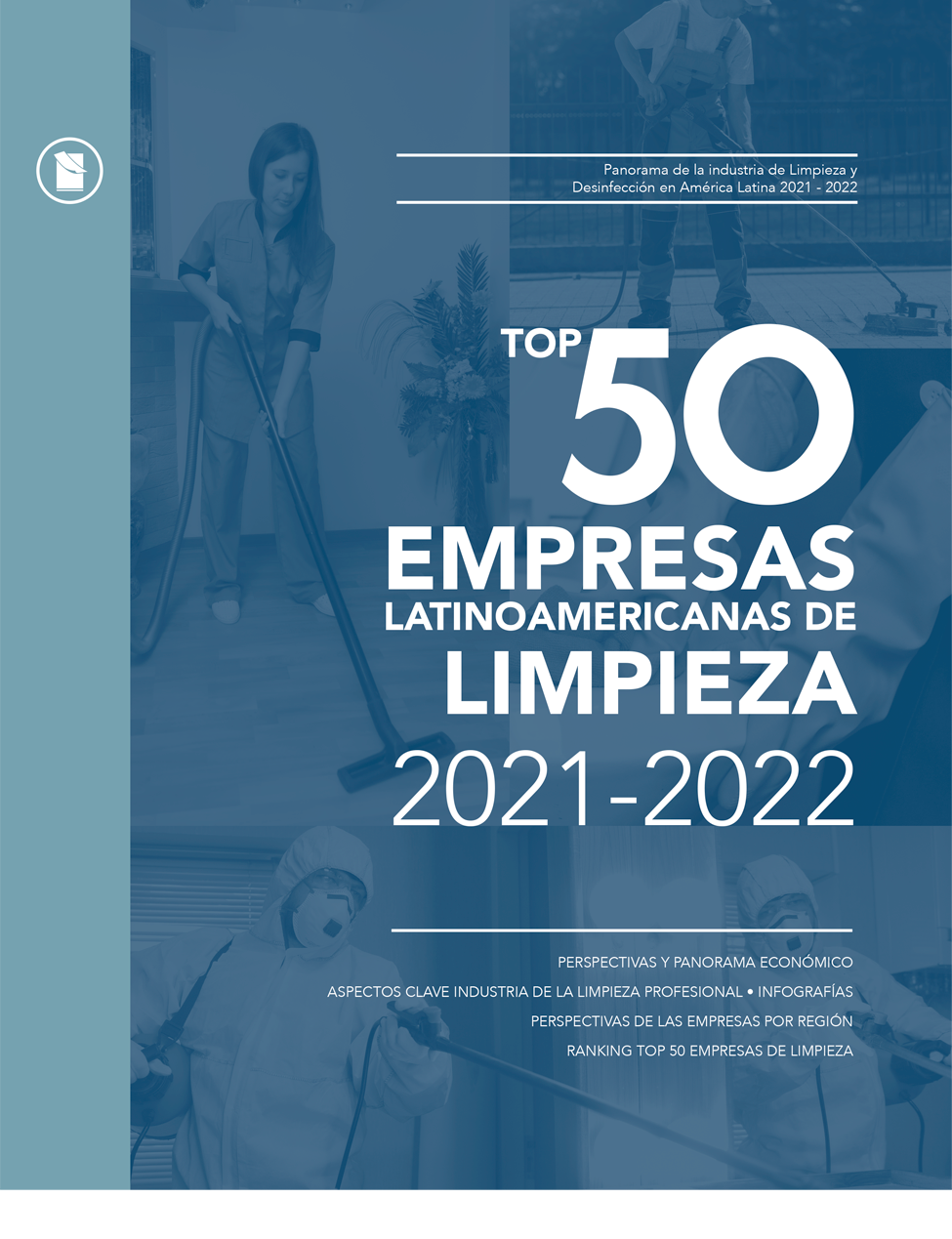Study analyzes the effectiveness of disinfectant wipes on hard and non-porous surfaces

International. Diversey conducted a recent study in conjunction with Purdue University to demonstrate that the efficacy of disinfectants against Candida auris (C. auris) varied significantly with product formulation and contact time having a significant impact on disinfectant effectiveness.
The study suggests that healthcare facilities that want to get the best hygiene results should use disinfectants with an EPA-approved label claim against C. auris and should ensure that the surface remains moist during the contact time indicated on the label.
The Diversey-funded, peer-reviewed study by Voorn et al., selected for its impact on the hygiene and disinfection industry, is part of Diversey's research on disinfection performance to study environmental surfaces and patient care equipment in healthcare settings. Prior to this research, little was known about the effectiveness of disinfectants against C. auris when cleaning larger surfaces, such as those that would be found in healthcare settings.
In healthcare, the fungus Candida auris (C. auris) is an emerging pathogen of concern because it can be found on environmental surfaces and is generally more resistant to disinfectants than other Candida species. The authors tested 5 EPA-registered disinfectants on a 1 m2 surface that was intentionally contaminated with C. auris.
The surface was cleaned with a pre-moistened disinfectant wipe and efficacy against C. auris was measured at contact times of 30 seconds to 10 minutes. There were statistically significant differences in efficacy between different contact times and disinfectants, demonstrating that when healthcare facilities disinfect environmental surfaces, the choice of disinfectant and the amount of time the disinfectant keeps the surface moist are likely to have an impact on the amount of C. auris remaining on the surface after disinfection.
Environmental surfaces and patient care equipment in healthcare facilities are routinely contaminated with pathogenic microorganisms, and the standard intervention to treat most environmental healthcare surfaces would be to clean the surface with a U.S. EPA approved disinfectant.
By cleaning a larger surface area (1 m2) and testing 5 different commercially available disinfectants used in healthcare facilities (2 with a C. auris claim, 3 without the claim), the authors concluded that there are significant differences in efficacy between the products and how keeping the surface wet during disinfection affected efficacy.



